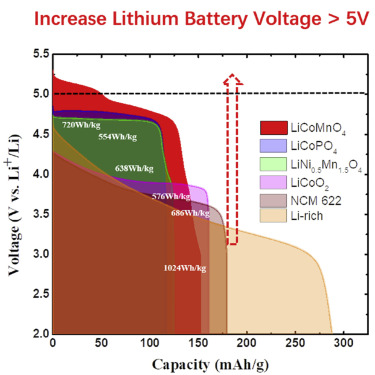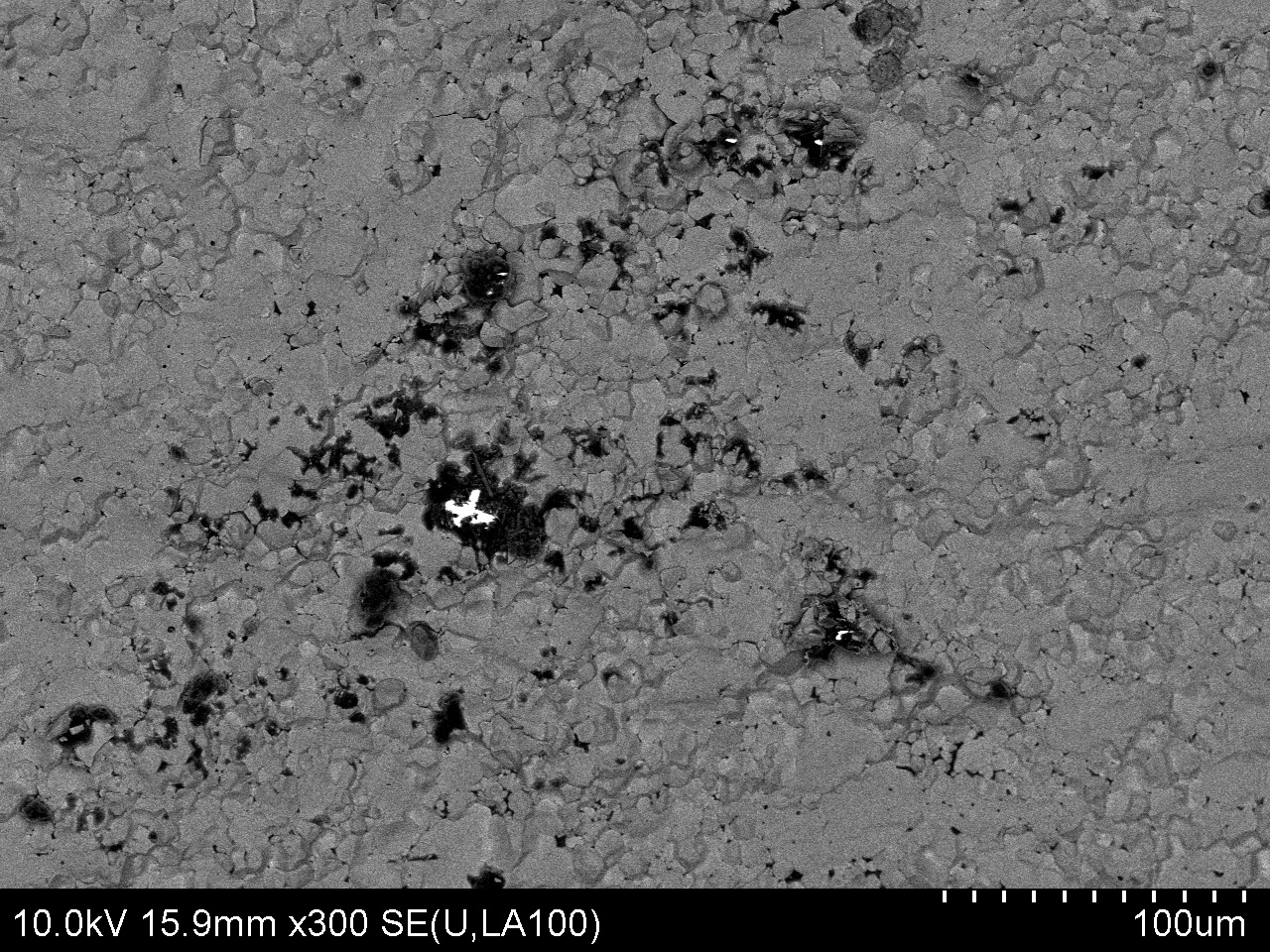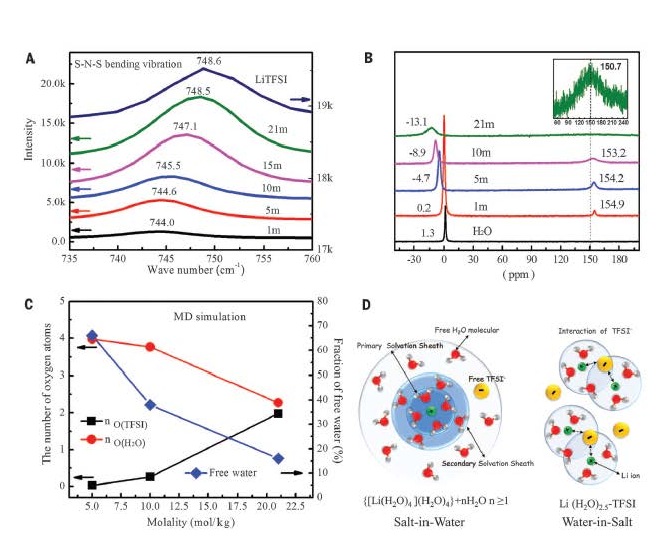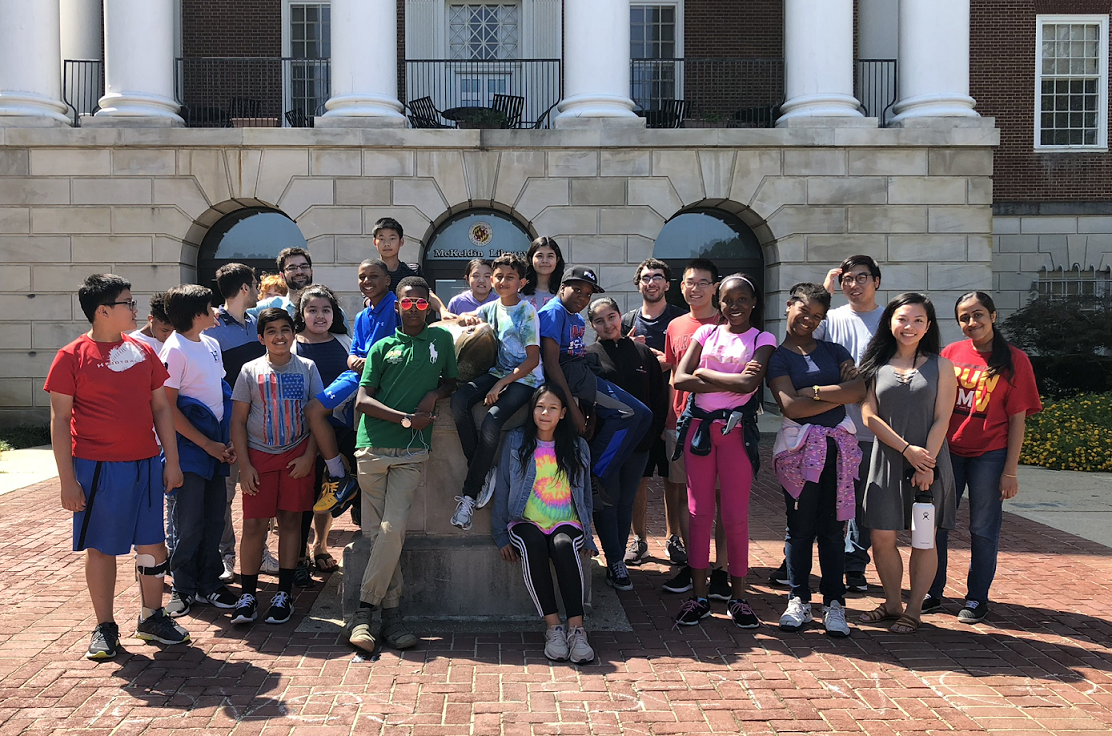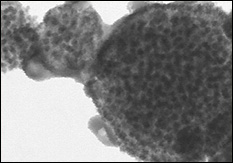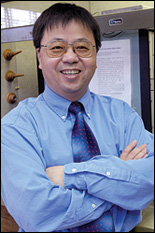News Story
Fluorine "Crust" Makes Safe, Powerful Battery
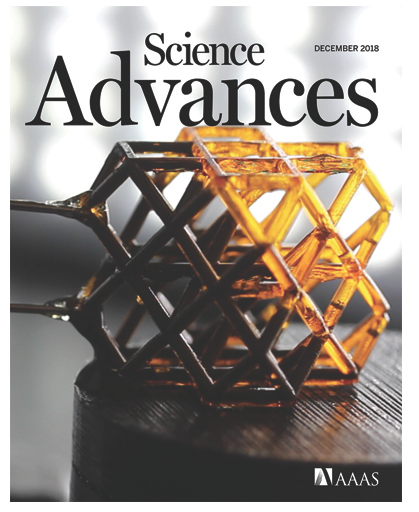
The driving range of electric cars is highly dependent on the energy density of battery technology. Current battery chemistry includes a graphite anode, lithium transition metal oxide as cathode, and an organic carbonate for the electrolytes - the energy density of such batteries is approaching its limit. What’s more, the highly flammable electrolyte presents safety issues. The use of a solid-state electrolyte (SSE) could remedy the faulty electrolyte issue; however, recent studies show that lithium (Li) dendrites – the build up of crystals that branch out like a tree - are more easily spread in SSEs, prompting battery failure.
To that end, researchers from the University of Maryland (UMD) have developed a method to circumnavigate Li-dendrite formation in SSEs, dramatically increasing the battery life cycle. The study of the research group – led by Chemical and Biomolecular Engineering (ChBE) Professor, Chunsheng Wang – was published on December 21, 2018, in Science Advances. Xiulan Fan, a ChBE Assistant Research Scientist in Dr. Wang’s group, served as the paper’s first author.
To get the high capacity without the potential for safety issues, the team coupled Li-metal with a solid-state electrolyte. With the addition of fluorine, they were able to form a “crust” – also known as the solid-electrolyte interface – between the charge-carrying electrolyte and the Li-anodes, preventing dendrite growth and producing a battery with record-high density (2 mA per square centimeter - twice the best reported current density for the Li-metal solid state batteries).
“Almost all of the electrolytes are unstable in the Li-metal,” said Fan. “They differ from the conventional carbonate electrolytes in that they can generate a solid electrolyte interphase (SEI) layer - the intensively investigated SSEs could not form a similar layer. Without the SEI layer, these SSEs will react with the Li-metal progressively, inducing the formation of Li-dendrites.”
“We constructed a LiF-rich SEI layer between the SSE and the Li metal,” said Xiao Ji, a ChBE postdoctoral researcher and co-author on the paper. “The LiF-rich SEI layer can block the continuous reactions between the SSE and Li-metal. The LiF-rich SEI could also suppress the Li-dendrite formation during battery charging and discharging.”
The new battery is a small test device, not yet scaled up for commercial consumption. However, the study provides an effective way to manufacture solid-state Li-metal batteries with increased efficiency and a long charging cycle. Moreover, because of the intrinsic safety and the extremely wide operation temperature range, the Wang Group believes that the batteries will be operational under extreme conditions, while maintaining high energy density.
For additional information:
Fan, X., Ji, X., Han, F., Yue, J., Chen, J., Chen, L., Deng, T., Jiang, J. and Wang, C. Fluorinated solid electrolyte interphase enables highly reversible solid-state Li metal battery. Science Advances, 21 Dec 2018.
Published December 21, 2018
